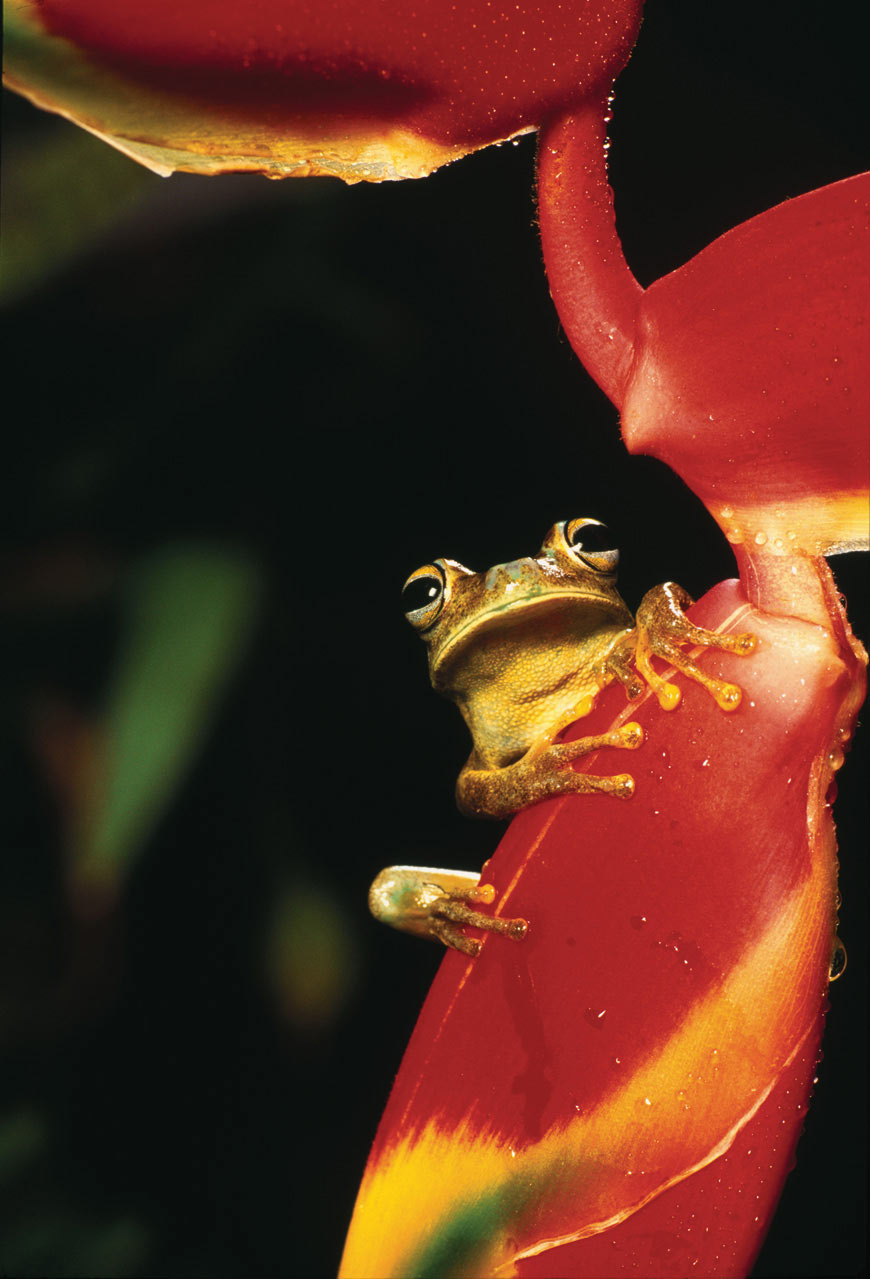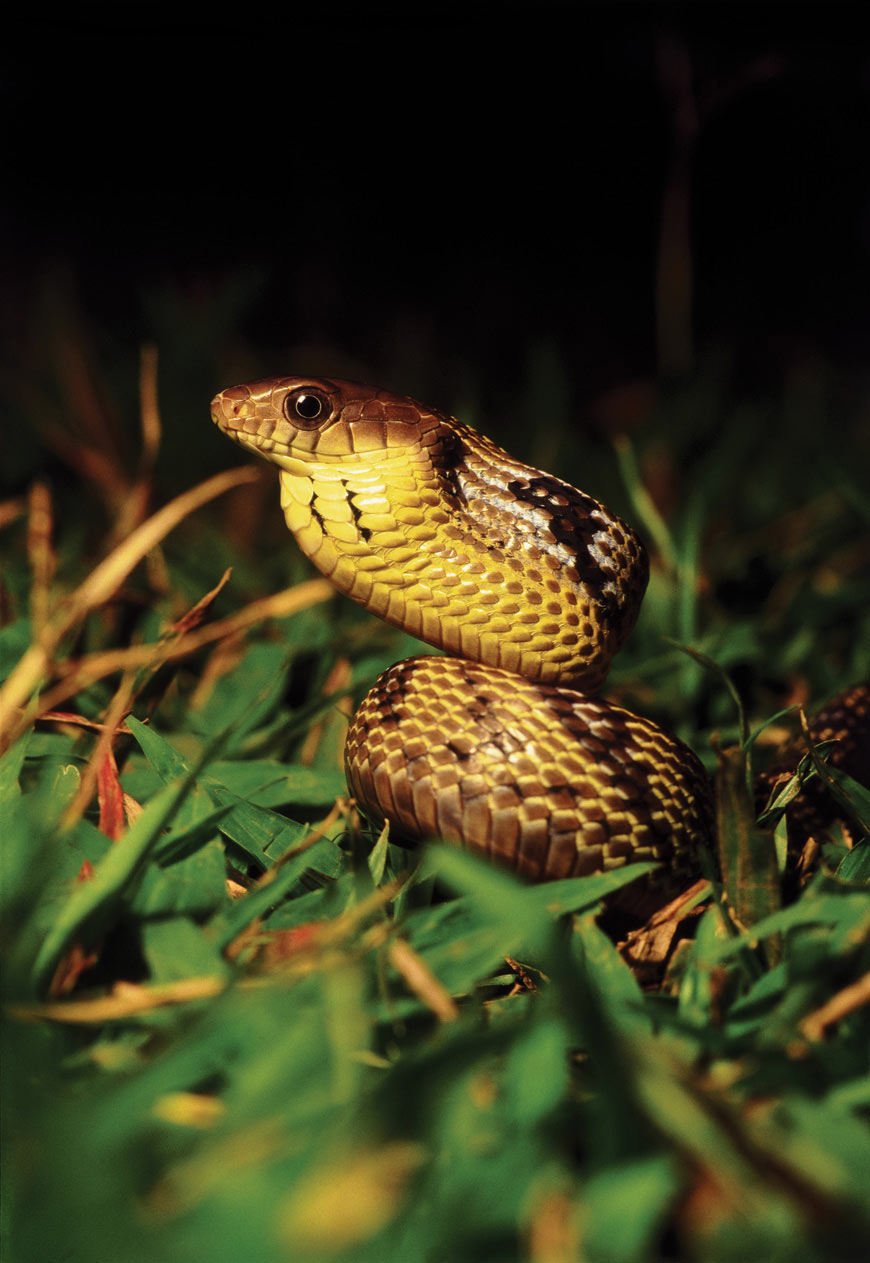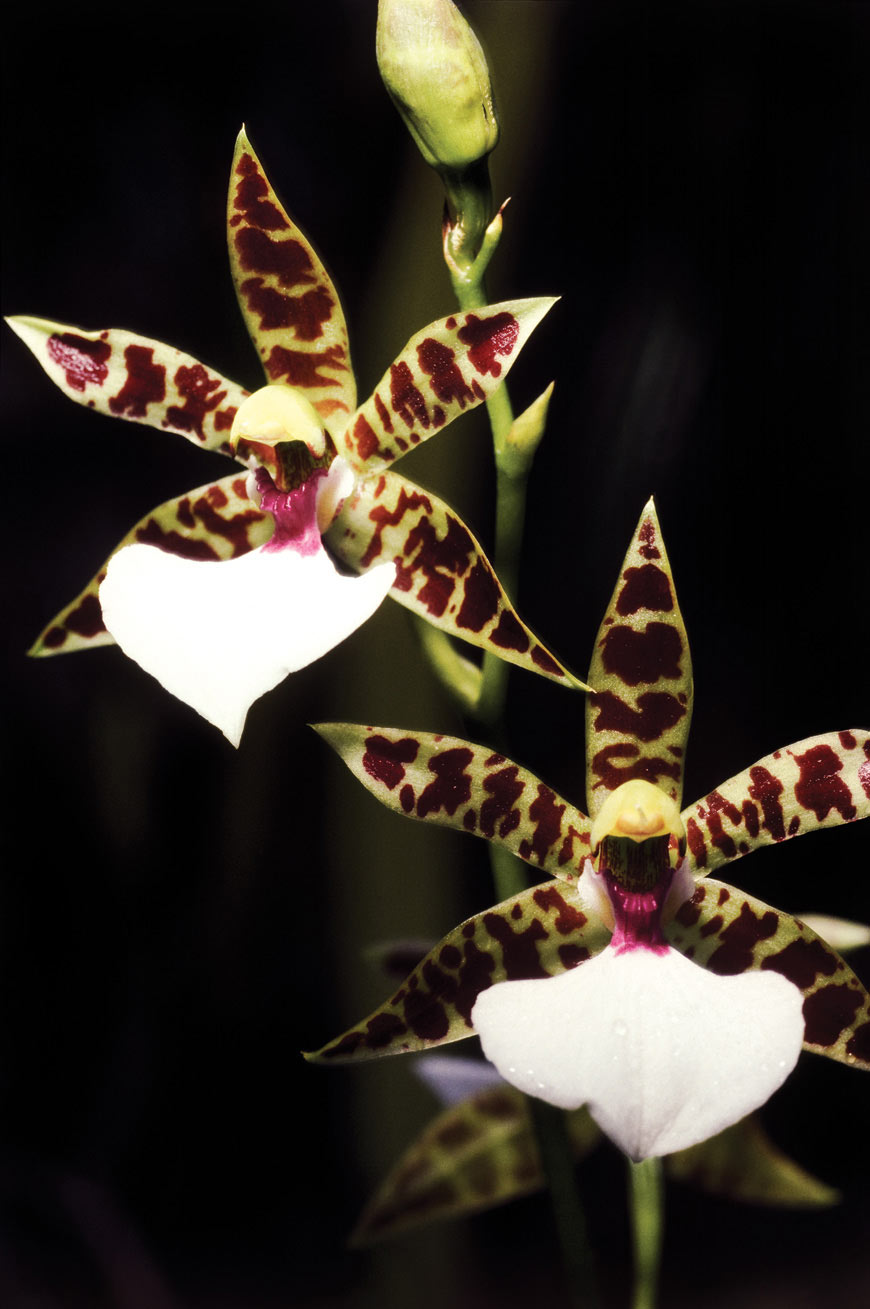History
Our knowledge of the Baré is limited because a violent history of conquest all but erased their culture. The natural abundance of rubber in their region was exploited by ruthless traders who arrived in the first half of the twentieth century.
After a long process of colonization and acculturation, few still speak the Baré language, which belongs to the Arawak family. It is therefore unclear whether, as some scholars think, the word Baré means companion or colleague; or if, as others maintain, it is derived from the word “bari,” which means “white men.”
Environment
Disputes over their land, beginning with the Spanish and Portuguese empires, engendered a long history of migration and conflict.
Ritual and Tradition
Only a few artifacts of the Baré culture have been preserved.
Little is now known about the traditional economic, social, and political life of the Baré. Most likely, they lived like other related groups of the Río Negro region – farming conucos with the slash-and-burn method; practicing hunting, gathering, and fishing; and crafting the tools and objects they used.
Sustenance
Large game was not plentiful in the territory occupied by the Baré, but they farmed, hunted smaller game, and fished.
Men fished using many different methods: barbasco, harpoons, lances, arrows, hooks, traps, and nets. In the absence of large mammals, they also sometimes hunted small game such as dantas, picures, and lapas, and birds such as turkeys, curassows, and woodcocks. They used blowpipes, and bows and arrows, and later, firearms introduced by Europeans.
Fabrication
The Baré wove textiles, and made baskets and pottery, and carved boats and paddles out of wood.
The Baré made textiles other than loincloths, with a variety of fibers. Among the crafts they produced, woven hammocks were of primary importance. They were made with cumare, curagua, and moriche fibers, dried in the sun, and then dyed red, purple, and yellow. The Baré also produced the cords they used for fishing, using chiquichique fiber.







